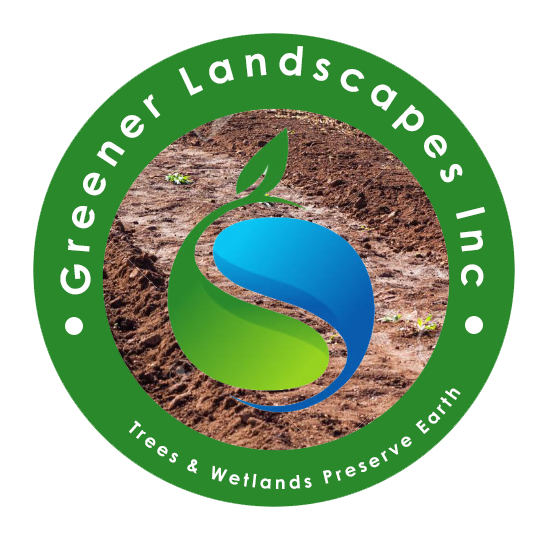Wetland Reclamation in the Sub-Sahara Region of Africa
Wetland reclamation refers to the process of converting wetland areas, such as marshes, swamps, and bogs, into dry land for various purposes, such as agriculture, urban development, or infrastructure projects. However, it is important to note that wetlands are ecologically valuable ecosystems that provide numerous benefits, including flood control, water filtration, and habitat for a variety of plant and animal species. Wetland reclamation can have significant environmental impacts, leading to the loss of biodiversity, increased flood risks, and reduced water quality.
In the Sub-Saharan region, wetlands are crucial for sustaining local communities and supporting biodiversity. They play a vital role in providing water resources, supporting agriculture, and acting as important habitats for migratory birds and other wildlife. Therefore, wetland conservation and restoration efforts are generally more desirable in this region.
However, it is worth noting that there are cases where wetland reclamation has occurred in the Sub-Saharan region, primarily driven by economic and developmental needs. Some reasons for wetland reclamation in the region include the expansion of agricultural land to meet food demand, urbanization and infrastructure development, and the extraction of natural resources. To mitigate the negative impacts of wetland reclamation and promote sustainable development, several approaches can be considered.
 Sustainable Land Use Planning
Sustainable Land Use Planning
Implementing comprehensive land use plans that take into account the ecological value of wetlands and prioritize their conservation.
Wetland Restoration and Conservation
Identifying degraded wetlands and implementing restoration projects to restore their ecological functions and values.
Environmental Impact Assessments
Conducting thorough assessments to evaluate the potential environmental consequences of wetland reclamation projects before they are implemented. This allows for the identification of potential negative impacts and the implementation of mitigation measures.
Community Engagement
Involving local communities and stakeholders in decision-making processes and raising awareness about the importance of wetland conservation.
Alternatives to Wetland Reclamation
Exploring alternative approaches to meet development needs, such as promoting sustainable agriculture practices or urban development that avoid wetland areas.
It is important to strike a balance between development and environmental conservation to ensure the long-term sustainability of the Sub-Saharan region’s wetlands and the benefits they provide to both people and nature.

Fish Farming For Food
Wetland Reclamation Best practices
When it comes to wetland reservations, it is important to prioritize sustainable practices that minimize environmental impacts and maximize the benefits of wetlands. By following these best practices, wetland reclamation projects can be carried out in a way that minimizes negative impacts on the environment while still meeting development objectives.
Here Are Some Best Practices For Wetland Reservations:
Assess the Ecological Value
Conduct a comprehensive assessment of the wetland area to understand its ecological significance, including its biodiversity, hydrology, and other ecological functions. This assessment should guide decision-making throughout the reclamation process.
Prioritize Conservation and Restoration
Whenever possible, prioritize wetland conservation and restoration over reclamation. Wetlands provide vital ecosystem services, so preserving and restoring their functions should be the primary objective.
Develop a Comprehensive Plan
Create a detailed plan for the reclamation project that takes into account environmental considerations, including the potential impacts on water quality, hydrological patterns, and the surrounding ecosystem. The plan should outline the specific goals and objectives of the reclamation project and identify mitigation measures for any negative impacts.
Consider Natural Alternatives
Explore natural alternatives to reclamation that can achieve the desired development objectives without destroying the wetland. For example, low-impact development techniques can be used to work around wetlands, preserving their functions while still allowing for development.
Implement Mitigation Measures
If reclamation is unavoidable, implement appropriate mitigation measures to minimize the impacts on wetland ecosystems. This may include creating compensatory wetlands or providing alternative habitats for displaced wildlife.
Engage Stakeholders
Involve local communities, stakeholders, and experts in the decision-making process. Seek their input and consider their knowledge and concerns about the wetland and its value. This collaboration can help identify potential issues and find sustainable solutions.
Monitor and Evaluate
Establish a monitoring and evaluation program to assess the effectiveness of the reclamation project and ensure that it meets the desired objectives. Regular monitoring allows for adaptive management and the adjustment of strategies if necessary.
Educate and Raise Awareness
Promote public awareness and education about the importance of wetlands and the value of their conservation. This can help garner support for wetland reclamation practices that prioritize sustainability and environmental protection.
Follow Regulations and Guidelines
Adhere to local and national regulations and guidelines related to wetland reservations. These regulations are in place to protect wetland ecosystems and ensure sustainable development.
Seek Expert Advice
Consult with wetland experts, ecologists, and environmental scientists who have experience in wetland preservation projects. Their expertise can provide valuable insights and guidance throughout the process.

